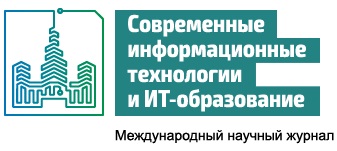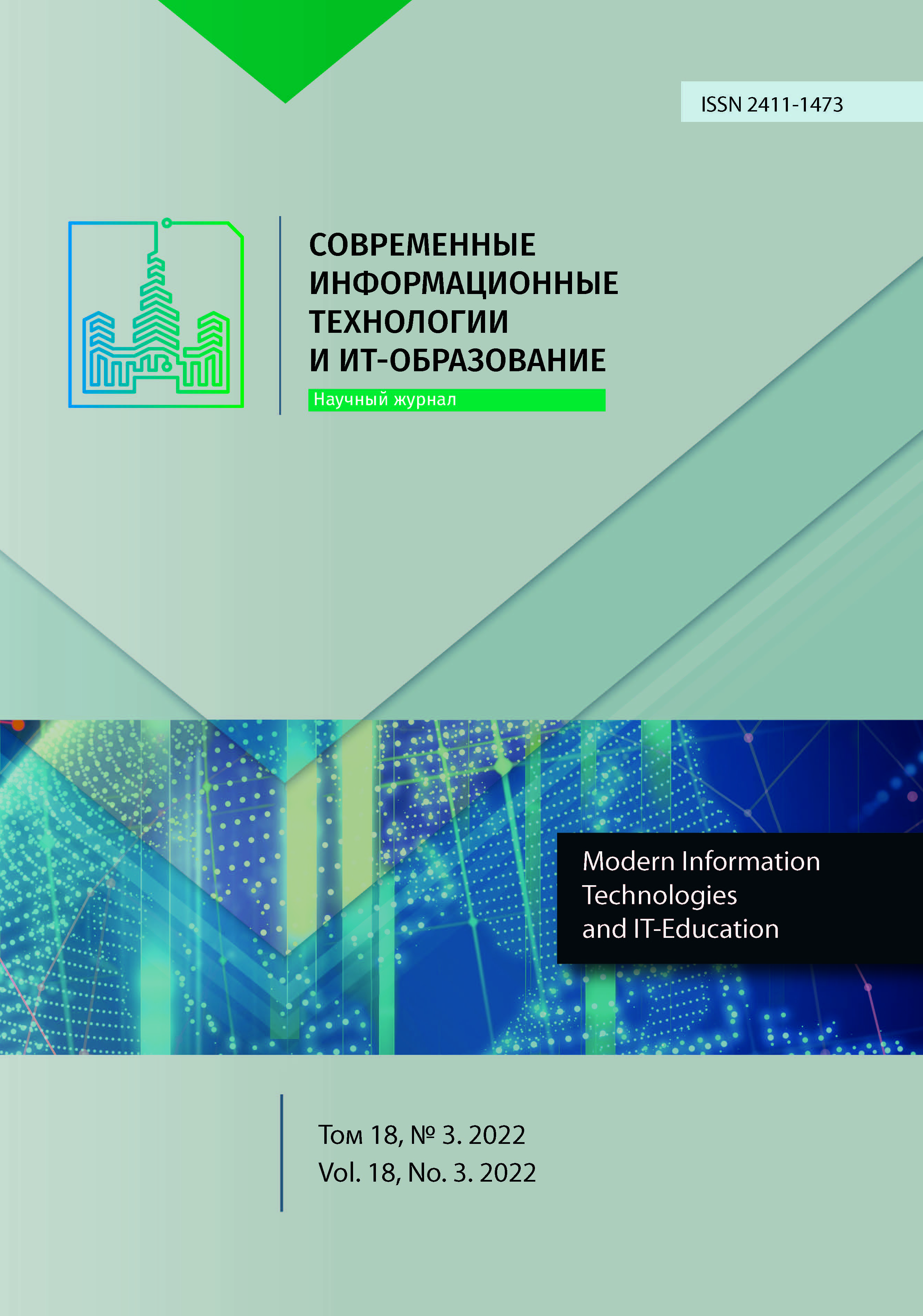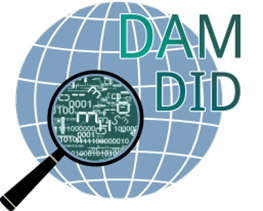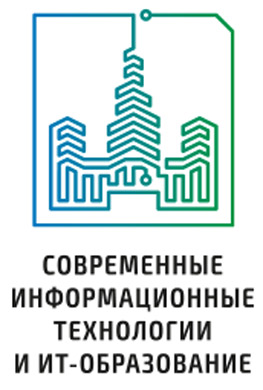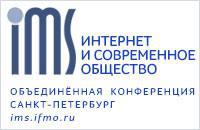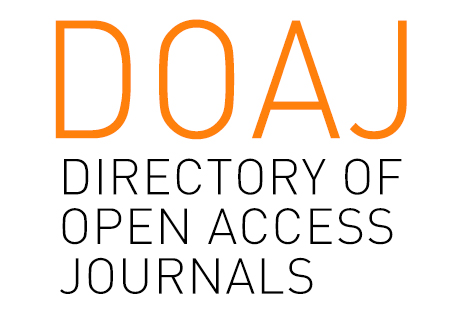Вероятностные сетевые модели исследования типовых технологических схем обработки информации в аналитических центрах
Аннотация
Целью работы является автоматизация исследования процессов подготовки информационно-аналитических материалов (ИАМ) на основе разработки функциональных и сетевых вероятностных моделей анализа типовых технологических схем выпуска ИАМ в вычислительных центрах, построенных на базе локальных вычислительных сетей. Основными методами исследования являются методы теории вероятностей, теории случайных процессов и теории массового обслуживания. На основе теории случайных процессов разработан математический аппарат для аналитического исследования вероятностных сетевых моделей анализа временных характеристик процессов подготовки ИАМ. Результаты. Получены функциональные уравнения и расчетные соотношения, позволяющие провести многовариантный анализ различных схем подготовки документов и выявить узкие места основных типовых технологий подготовки ИАМ.
Литература
2. Korostelev A.A., Poltoretsky D.A. Automated analytical systems in analytical management activities. Azimuth of Scientific Research: Pedagogy and Psychology. 2012;(1):38-41. Available at: https://www.elibrary.ru/item.asp?id=20841427 (accessed 03.07.2022). (In Russ., abstract in Eng.)
3. Golubinskij E.Yu. Methods of analytical monitoring of information-analytical material quality prepared for government authorithies’ interest. Information Systems and Technologies. 2013;(4):69-76. Available at: https://www.elibrary.ru/item.asp?id=20468025 (accessed 03.07.2022). (In Russ., abstract in Eng.)
4. Ovsyannikov A.A., Golubinskiy E.Y. Forming of the quality characteristics system of informational-analytical materials. Information Systems and Technologies. 2012;(5):73-81. Available at: https://www.elibrary.ru/item.asp?id=17862625 (accessed 03.07.2022). (In Russ., abstract in Eng.)
5. Slivitsky A.B., Dyachkova T.A. [Modern information and analytical technologies for decision support]. Russia: trends and prospects of development. 2022. Vol. 17. Part 3. Moscow: INION RAN; 2022. p. 560-569. Available at: https://www.elibrary.ru/item.asp?id=49700565 (accessed 03.07.2022). (In Russ.)
6. Slivitsky B.A., Slivitsky A.B. [Theoretical and methodological foundations for the analysis of socio-economic systems]. Materials Athanasian Readings. 2022;(1):67-76. Available at: https://www.elibrary.ru/item.asp?id=48044225 (accessed 03.07.2022). (In Russ.)
7. Dadabayeva R.A. The role of information-analytical systems in digital economy. Modern Problems of Law, Economics and Management. 2019:(2):64-70. Available at: https://www.elibrary.ru/item.asp?id=41562961 (accessed 03.07.2022). (In Russ., abstract in Eng.)
8. Kovaleva T.Yu. Information analytical management systems of cluster spatial development in regions: Analysis and priorities for improvement. Perm University Herald. Economy. 2020;15(1):84-109. (In Russ., abstract in Eng.) doi: https://doi.org/10.17072/1994-9960-2020-1-84-109
9. Dubrovskaya Yu.V., Kozonogova E.V., Molodchik A.V. On algorithmization and automation of regional strategizing. Upravlenets – The Manager. 2019;10(4):65-74. (In Russ., abstract in Eng.) doi: https://doi.org/10.29141/2218-5003-2019-10-4-6
10. Khoroshevsky V.G., Pavsky V.A., Pavsky K.V. Calculating robustness indices of distributed computer systems. Bulletin of Tomsk State University. Management, computer engineering and Informatics. 2011;(2):81-88. Available at: https://www.elibrary.ru/item.asp?id=16452670 (accessed 03.07.2022). (In Russ., abstract in Eng.)
11. Bubnov V.P., Safonov V.I., Shardakov K.S. Overview of existing models of non-stationary queuing systems and methods for their calculation. Systems of Control, Communication and Security. 2020;(3):65-121. (In Russ., abstract in Eng.) doi: https://doi.org/10.24411/2410-9916-2020-10303
12. Sigolov G.G., Liupersol'skii A.M. [Method for calculating transients in network queuing models]. Avtomatika i vychislitel'naia tekhnika. 1990;(3):40-43. (In Russ.)
13. Tyrva A.V., Khomonenko A.D. The method for software complexes testing scheduling on design and development phases. St. Petersburg Polytechnical University Journal. Computer Science. Telecommunication and Control Systems. 2009;(4):125-131. Available at: https://www.elibrary.ru/item.asp?id=12977014 (accessed 03.07.2022). (In Russ., abstract in Eng.)
14. Biryukova A.A., Gusev K.V., Leontiev A.S. A method of supporting managerial decision-making in crisis situations based on automated management systems. Informatization and communication. 2022;(6):65-74. (In Russ., abstract in Eng.) doi: https://doi.org/10.34219/2078-8320-2022-13-6-65-74
15. Starikov P.P., Drozdov A.V., Shchetinin G.A. Development of a standard telecommunication control system. Informatization and communication. 2021;(6):144-149. (In Russ., abstract in Eng.) doi: https://doi.org/10.34219/2078-8320-2021-12-6-144-149
16. Andrianova E.G., Golovin S.A., Zykov S.V., Lesko S.A., Chukalina E.R. Review of modern models and methods of analysis of time series of dynamics of processes in social, economic and socio-technical systems. Rossiiskii tekhnologicheskii zhurnal = Russian Technological Journal. 2020;8(4):7-45. (In Russ., abstract in Eng.) doi: https://doi.org/10.32362/2500-316X-2020-8-4-7-45
17. Storozhenko A.S., Valyaeva A.V., Horn A.P., Tatarinov V.V. Influence of the Fourth Industrial Revolution on the Life of a Modern Society. Soft Measurement and Computing. 2019; (9):72-76. Available at: https://www.elibrary.ru/item.asp?id=41688933 (accessed 03.07.2022). (In Russ., abstract in Eng.)
18. El Emam K., Melo W., Machado J.C. The prediction of faulty classes using object-oriented design metrics. Journal of Systems and Software. 2001;56(1):63-75. doi: https://doi.org/10.1016/S0164-1212(00)00086-8
19. Huang C.-Y., Huang W.-C. Software Reliability Analysis and Measurement Using Finite and Infinite Server Queueing Models. IEEE Transactions on Reliability. 2008;57(1):192-203. doi: https://doi.org/10.1109/TR.2007.909777
20. Vorobovich N.P. Analytical techniques for calculation of the network model time parameters. Bulletin of KSAU. 2010;(4):6-10. Available at: https://www.elibrary.ru/item.asp?id=15199354 (accessed 03.07.2022). (In Russ., abstract in Eng.)
21. Potekhina E.V., Khripunova P.V. Evolution of the main methods of network planning and management. Social policy and sociology. 2022;21(1):38-45. (In Russ., abstract in Eng.) doi: https://doi.org/10.17922/2071-3665-2022-21-1-38-45
22. Romero D., Larsson L., Rönnbäck A.Ö., Stahre J. Strategizing for Production Innovation. In: Lödding H., Riedel R., Thoben K.D., von Cieminski G., Kiritsis D. (eds.). Advances in Production Management Systems. The Path to Intelligent, Collaborative and Sustainable Manufacturing. APMS 2017. IFIP Advances in Information and Communication Technology. Vol. 513. Cham: Springer; 2017. p. 3-12. doi: https://doi.org/10.1007/978-3-319-66923-6_1
23. Wunder T. Mindsets for Linking Strategy and Sustainability: Planetary Boundaries, Social Foundations, and Sustainable Strategizing. In: Wunder T. (ed.) Rethinking Strategic Management. CSR, Sustainability, Ethics & Governance. Cham: Springer; 2019. p. 1-40. doi: https://doi.org/10.1007/978-3-030-06014-5_1
24. Pundhir S., Kumari V., Ghose U. Performance Interpretation of Supervised Artificial Neural Network Highlighting Role of Weight and Bias for Link Prediction. In: Sanyal G., Travieso-González C.M., Awasthi S., Pinto C.M.A., Purushothama B.R. (eds.) International Conference on Artificial Intelligence and Sustainable Engineering. Lecture Notes in Electrical Engineering. Vol. 836. Singapore: Springer; 2022. p. 109-119. doi: https://doi.org/10.1007/978-981-16-8542-2_9
25. Plish V.E., Suslov V.Y., Truten' A.E. Information-Analytical Systems as Intelligent Partners of Decision-Makers. Cybernetics and Systems Analysis. 2004;40(3):438-450. doi: https://doi.org/10.1023/B:CASA.0000042002.83378.b5

Это произведение доступно по лицензии Creative Commons «Attribution» («Атрибуция») 4.0 Всемирная.
Редакционная политика журнала основывается на традиционных этических принципах российской научной периодики и строится с учетом этических норм работы редакторов и издателей, закрепленных в Кодексе поведения и руководящих принципах наилучшей практики для редактора журнала (Code of Conduct and Best Practice Guidelines for Journal Editors) и Кодексе поведения для издателя журнала (Code of Conduct for Journal Publishers), разработанных Комитетом по публикационной этике - Committee on Publication Ethics (COPE). В процессе издательской деятельности редколлегия журнала руководствуется международными правилами охраны авторского права, нормами действующего законодательства РФ, международными издательскими стандартами и обязательной ссылке на первоисточник.
Журнал позволяет авторам сохранять авторское право без ограничений. Журнал позволяет авторам сохранить права на публикацию без ограничений.
Издательская политика в области авторского права и архивирования определяются «зеленым цветом» в базе данных SHERPA/RoMEO.
Все статьи распространяются на условиях лицензии Creative Commons «Attribution» («Атрибуция») 4.0 Всемирная, которая позволяет другим использовать, распространять, дополнять эту работу с обязательной ссылкой на оригинальную работу и публикацию в этом журналe.
